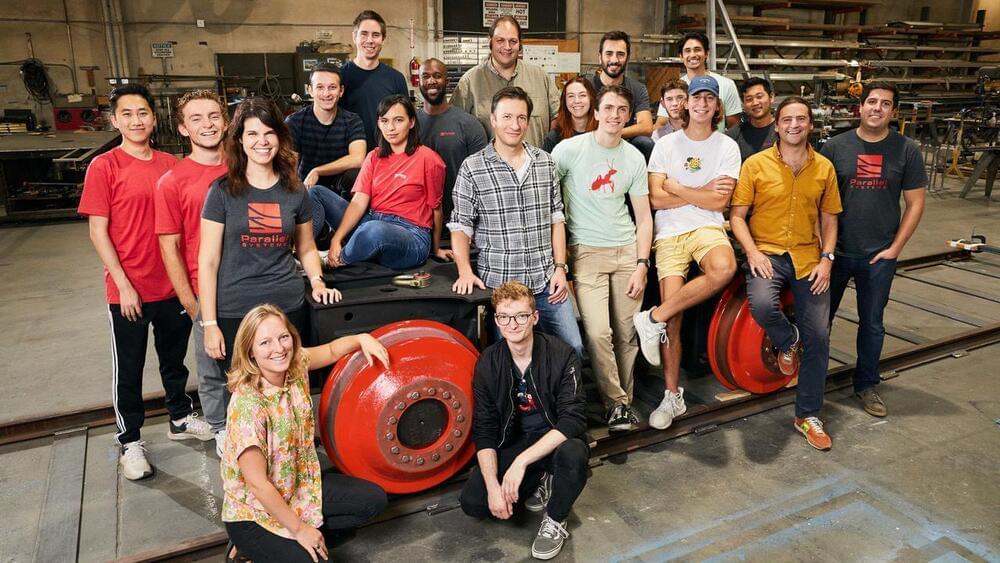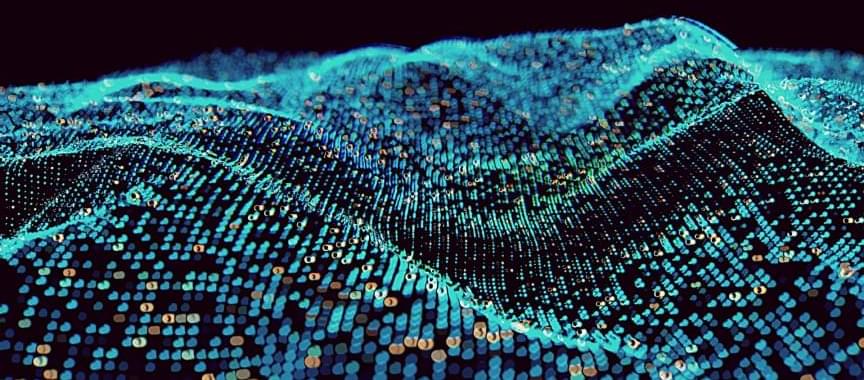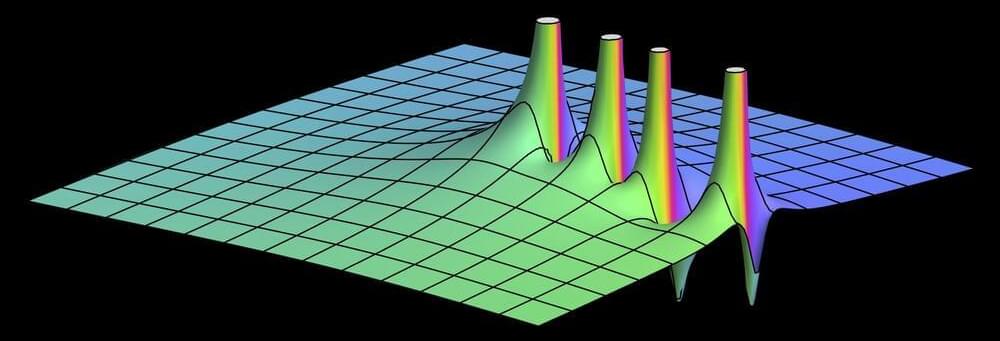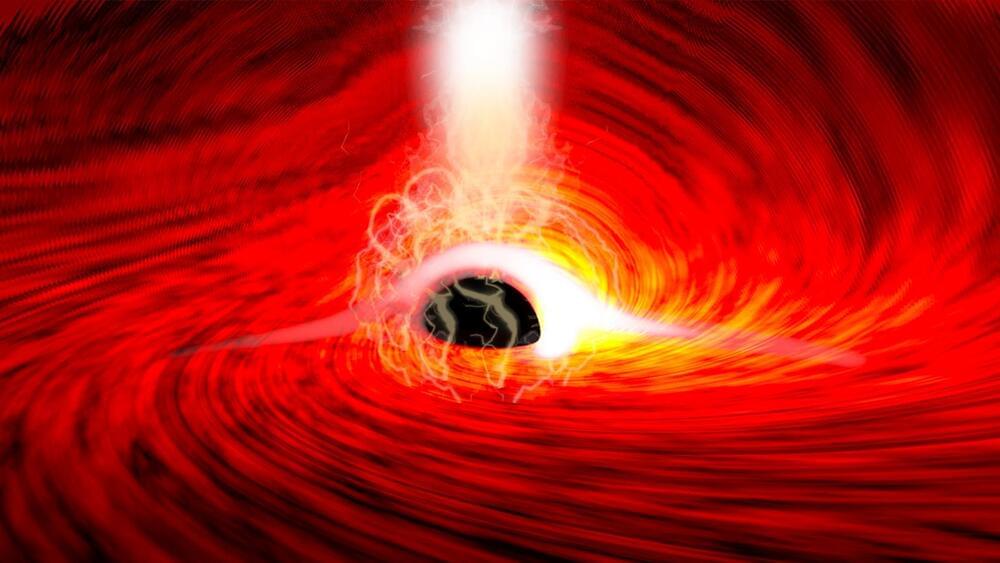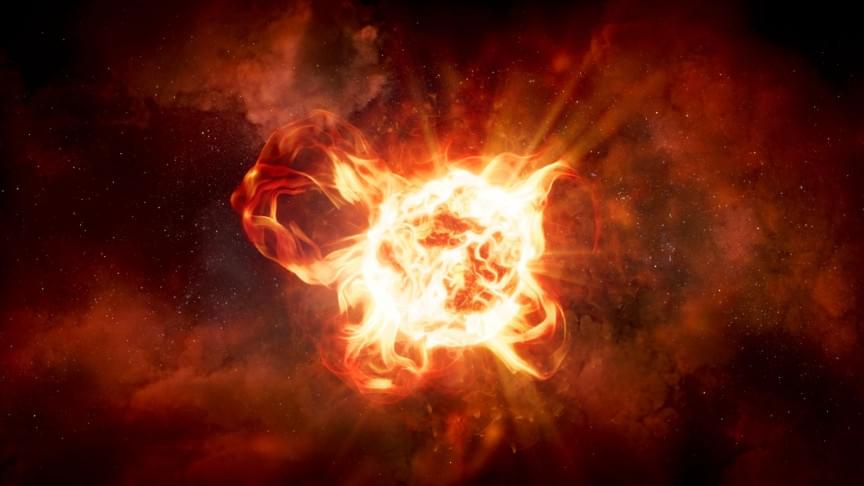
It’s time to make peace with one of the largest-known stars.
Everything is relative. By that, I mean: Jupiter, when compared to Earth, is large. Yet Jupiter, when compared to the Sun, is small. By virtue, the Sun in comparison with hypergiants is basically microscopic. Our local star actually sits right in the middle, between big and small, by star classification. There are many stars in our galaxy alone that fall on one end of the spectrum or the other. Yet, none has quite captured the imagination exactly like the “nearby” star known as VY Canis Majoris (otherwise known as HD 58,061 or HIP 35793) can.
Located approximately between 3,800 and 5,000 light-years from Earth in the constellation of Canis Major, VY Canis Majoris is technically classified as a red hypergiant, which means it is among the largest of stars known to exist in our galaxy. How large is it, you might ask? Well, VY Canis Major is estimated to be larger than between 1,800 and 2100 Suns, with between 15 to 25 times more mass. At its peak, it may be even weighed as much as 40 solar masses (one solar mass is equivalent to one of our suns, or 1.989 × 1,030 kg), but astronomers believe the star has moved beyond “main sequence” and is reaching the end of its stellar life span. Therefore, a significant amount of its mass has already been blown away by solar winds.
Continue reading “A Hypergiant Star Is ‘Breathing’ in Space. Has It Reached Its Death Throes?” »

